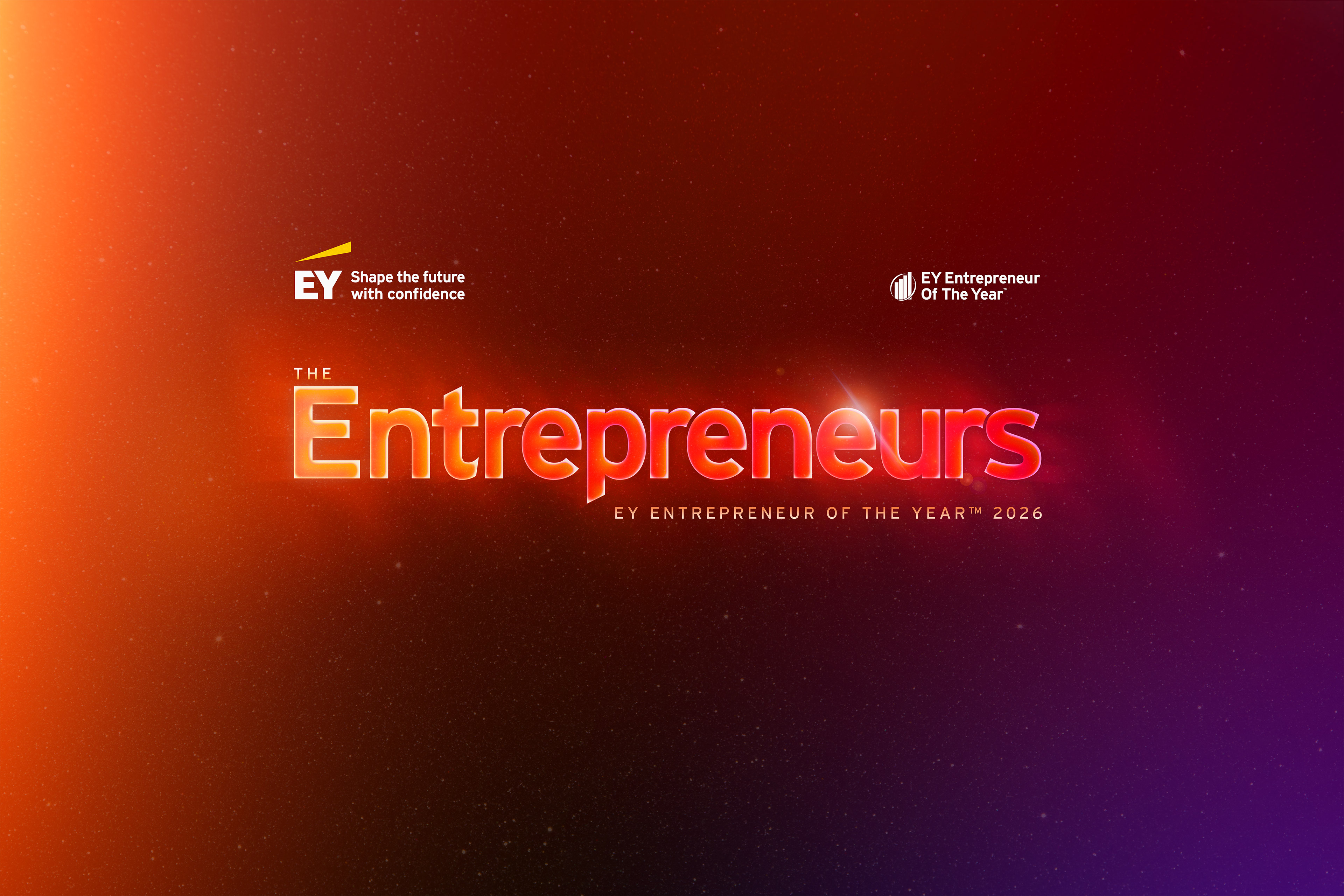EY refers to the global organization, and may refer to one or more, of the member firms of Ernst & Young Global Limited, each of which is a separate legal entity. Ernst & Young Global Limited, a UK company limited by guarantee, does not provide services to clients.
In the worst drought ever measured in Syria, attribution science shows that climate change made it 3x more likely. This caused widespread crop failure and water shortages, which in turn killed livestock, increased food prices, and led to widespread child sickness. 1.5 million rural residents were forced to the outskirts of Syria’s packed cities, which were already struggling with refugees from the Iraq war. This precipitated the Syrian war that displaced 5 million people and led to a refugee crisis all around Europe.
This is just one of countless examples that clearly demonstrate the existential necessity to tackle the food and climate crises concurrently.
Four main goals must be pursued towards food security – optimizing total agricultural production; increasing food supply (with the understanding that agricultural yields do not always equate to food); improving distribution and access to food; and increasing the resilience of the entire global food system.
Meanwhile, the global agri-food industry must seek to achieve further four key environmental goals: reducing agriculture and land use-related greenhouse gas emissions; reducing biodiversity loss (and, if possible, moving to biodiversity positive situations); phasing out unsustainable water withdrawals; and curtailing air and water pollution from agriculture.
These goals will require a rethink of the value chain of food. We must readjust as consumers to more seasonal food consumption. Diets need to rebalance in line with WHO recommendations. And we must invest heavily in technology and alternative approaches as a first port of call, rather than simply reducing output.





